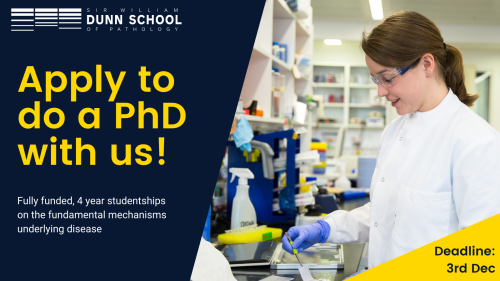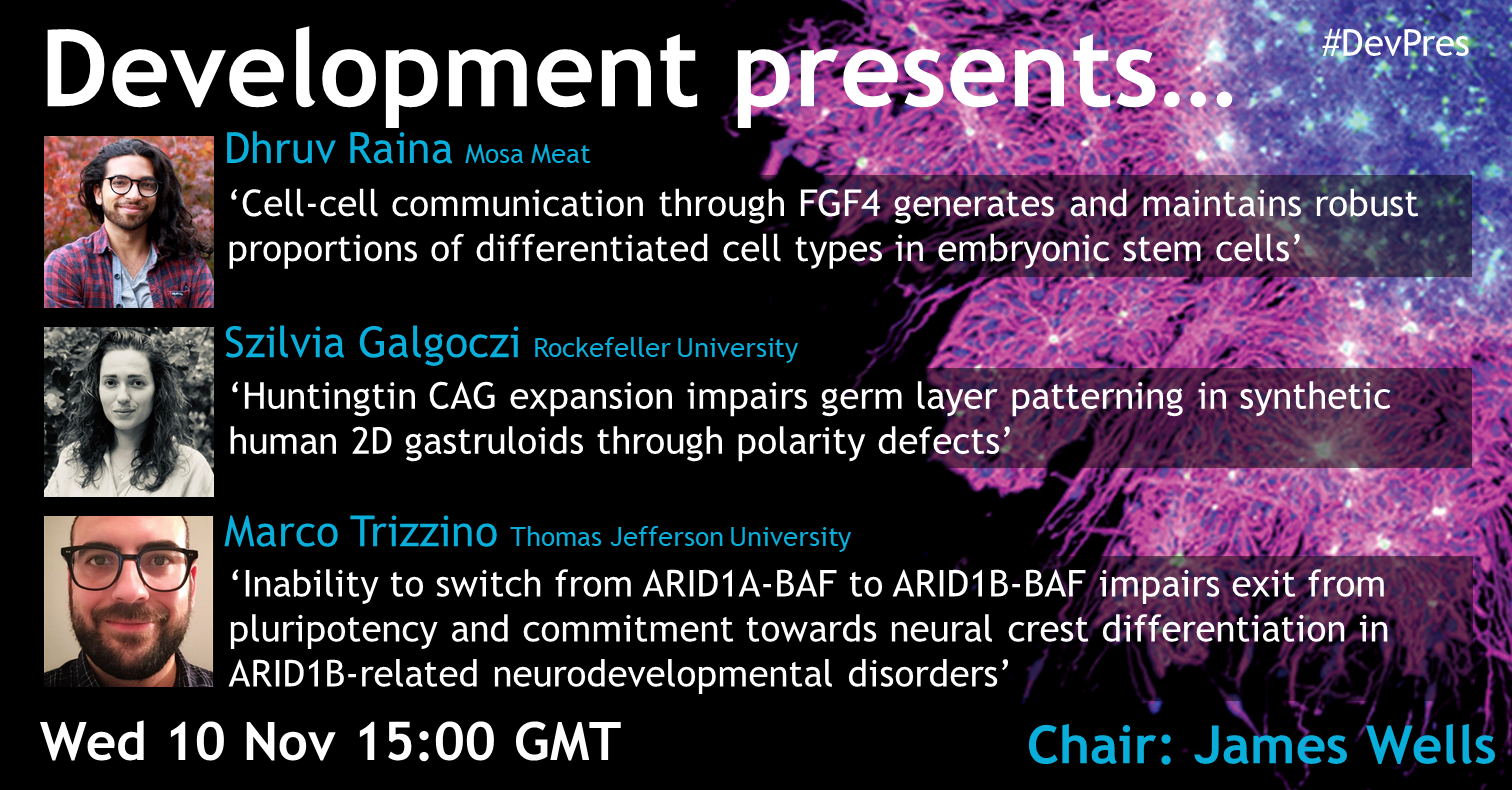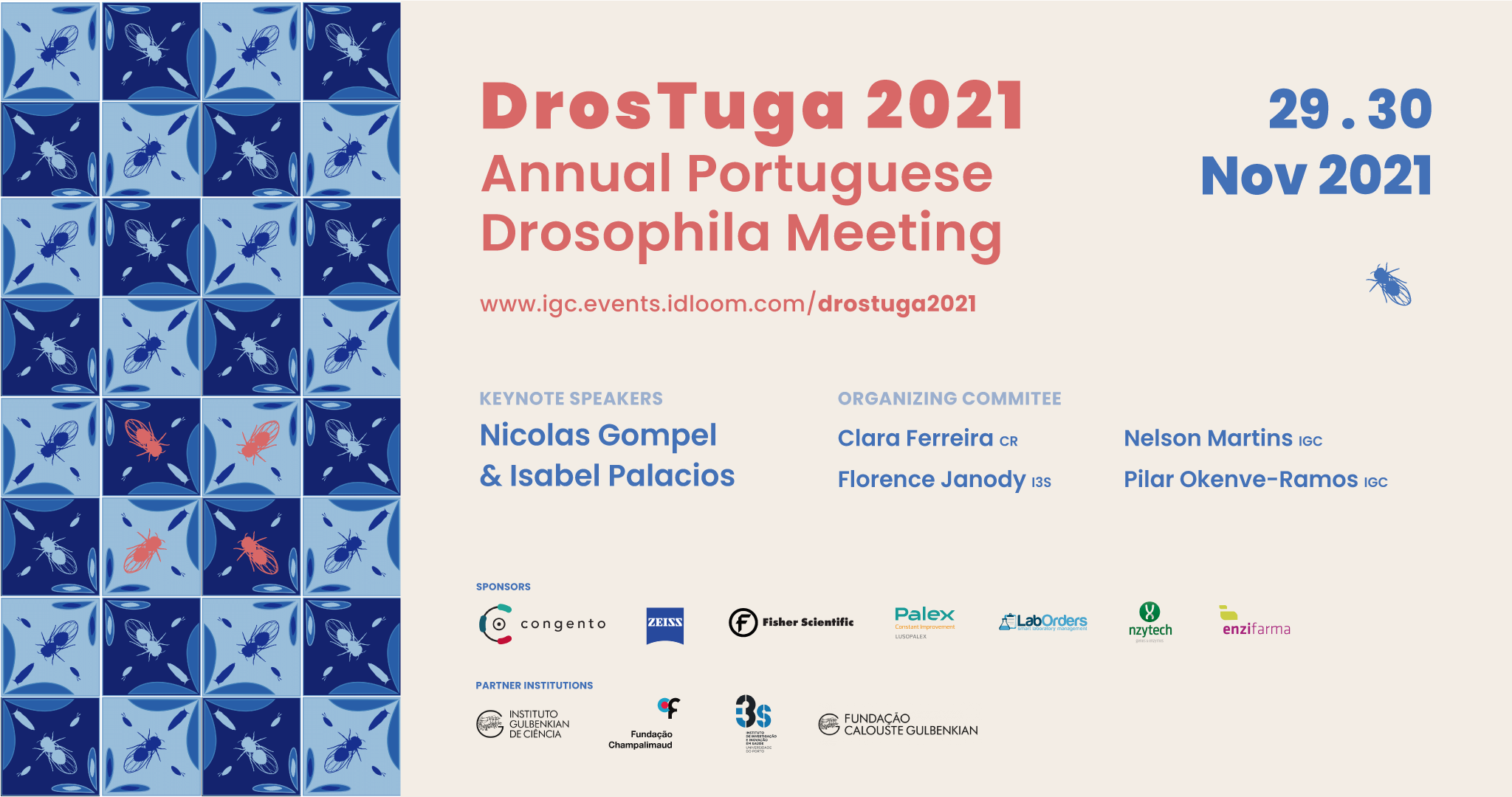Genetics Unzipped podcast: Wired for sound – the genetics of music
Posted by Kat Arney, on 4 November 2021

In the latest episode of Genetics Unzipped, presenter Kat Arney is getting in harmony with the science of music. Is there a music gene? Does musical talent really run in families? And how does the inability to perceive music impact on daily life?
Music is a deeply human characteristic – whether it’s clapping, tapping, singing or playing, most of us love to listen – and maybe move – to good tune or a funky beat, and there are plenty of music makers in the world, from schoolkids playing the recorder or making beats on a laptop to virtuoso concert pianist and global pop stars. But where does our musical urge come from? And is it in our genes?
Kat chats with Reyna Gordon. associate professor and director of the Music Cognition Lab in the Department of Otolaryngology and the Genetics Institute at Vanderbilt university in Tennessee. She’s the recipient of a prestigious NIH Director’s New Innovator Award for her work looking at the underlying biology of why rhythm means so much to us.
Our second guest is Jasmin Pfeifer, from Heinrich-Heine University in Dusseldorf, Germany. A linguist by training, Jasmin has found herself involved in the world of genetics through her studies of a condition called congenital amusia, or hereditary tone-deafness.
Genetics Unzipped is the podcast from The Genetics Society. Full transcript, links and references available online at GeneticsUnzipped.com.
Subscribe from Apple podcasts, Spotify, or wherever you get your podcasts.
Head over to GeneticsUnzipped.com to catch up on our extensive back catalogue.
If you enjoy the show, please do rate and review on Apple podcasts and help to spread the word on social media. And you can always send feedback and suggestions for future episodes and guests to podcast@geneticsunzipped.com Follow us on Twitter – @geneticsunzip


 (1 votes)
(1 votes)






